How To: Pendlay Row
3 Golden Rules
Today we’re going to talk about a very underrated exercise to build muscle and strength in your back called the Pendlay Row. Unlike traditional barbell bent-over rows, the Pendlay Row is an explosive “off-the-ground” movement that’s going to help activate some of those deep muscle fibers in your back you’d otherwise not activate in a traditional back workout.
Golden Rule #1 – The Pendlay Row Is Not The Same As The Barbell Row
Just like a deadlift, when it comes to the Pendlay Row the eccentric or the negative are completely irrelevant. This is an EXPLOSIVE movement only focusing on the concentric phase of the exercise.
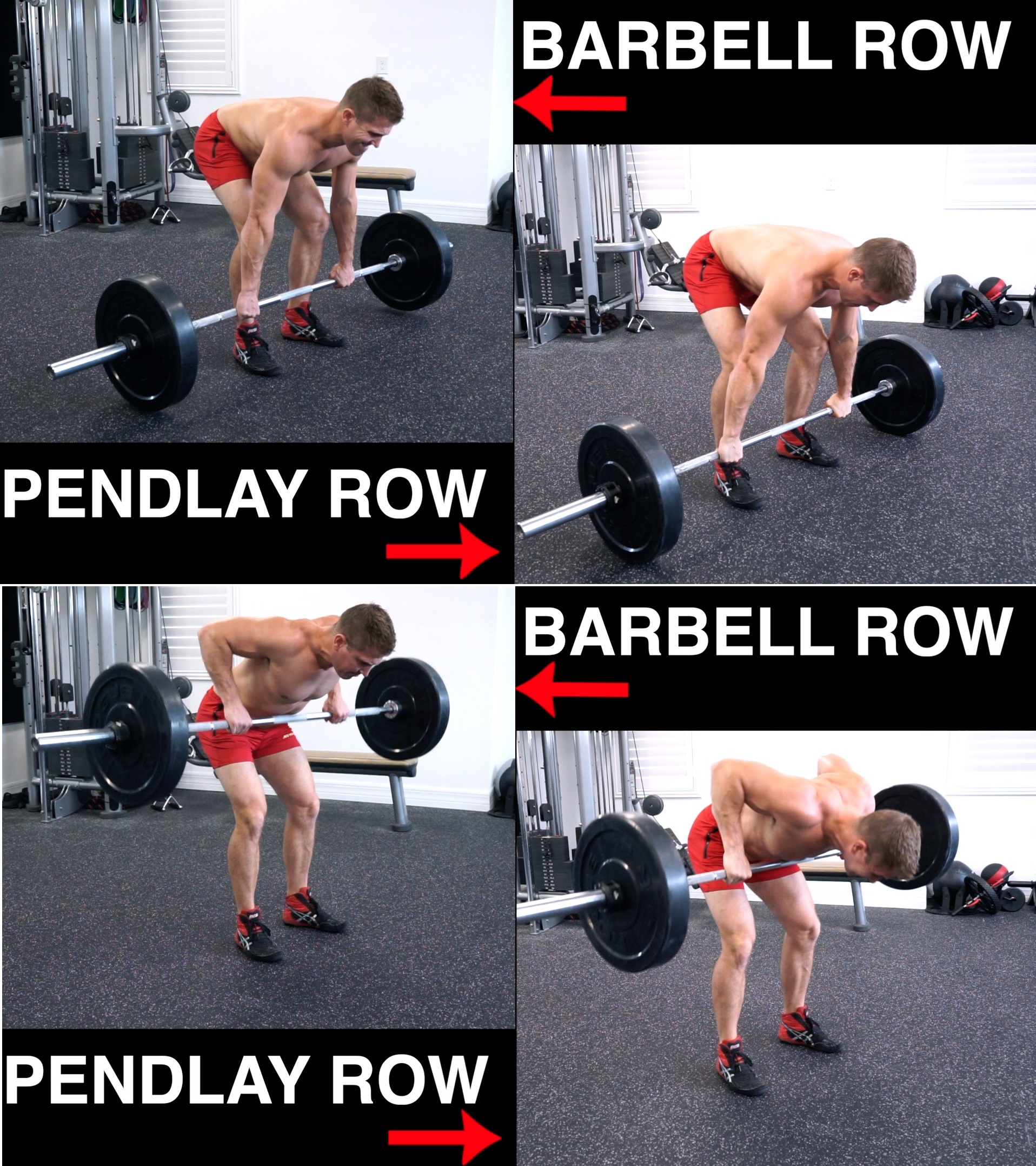
Now generally, the eccentric is very important when it comes to muscle growth but in the case of the Pendlay Row, this explosive concentric component will help greatly stimulate muscles that are not usually targeted when performing traditional bent-over rows.
So what’s the difference in terms of form? Well, for starters you’re pulling the weight off the ground and when beginning the movement you want to ensure you’re as parallel to the ground as possible.
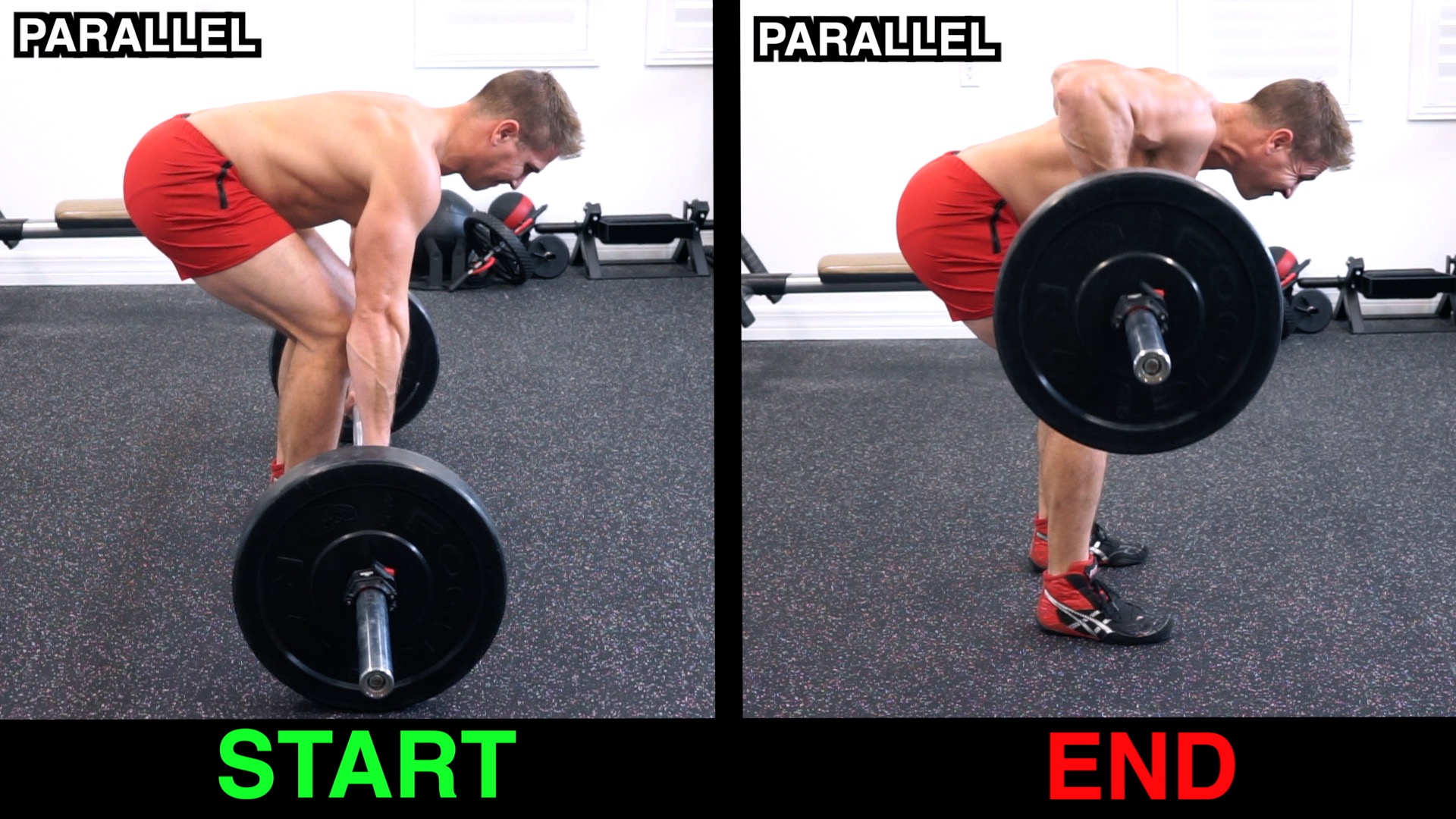
Then, from there you’re going to utilize an OVERHAND GRIP and thrust the barbell to about your mid torso, or just below the chest, and as soon as you pull the barbell all the way up you’re going to literally let it drop to the ground and repeat for reps.
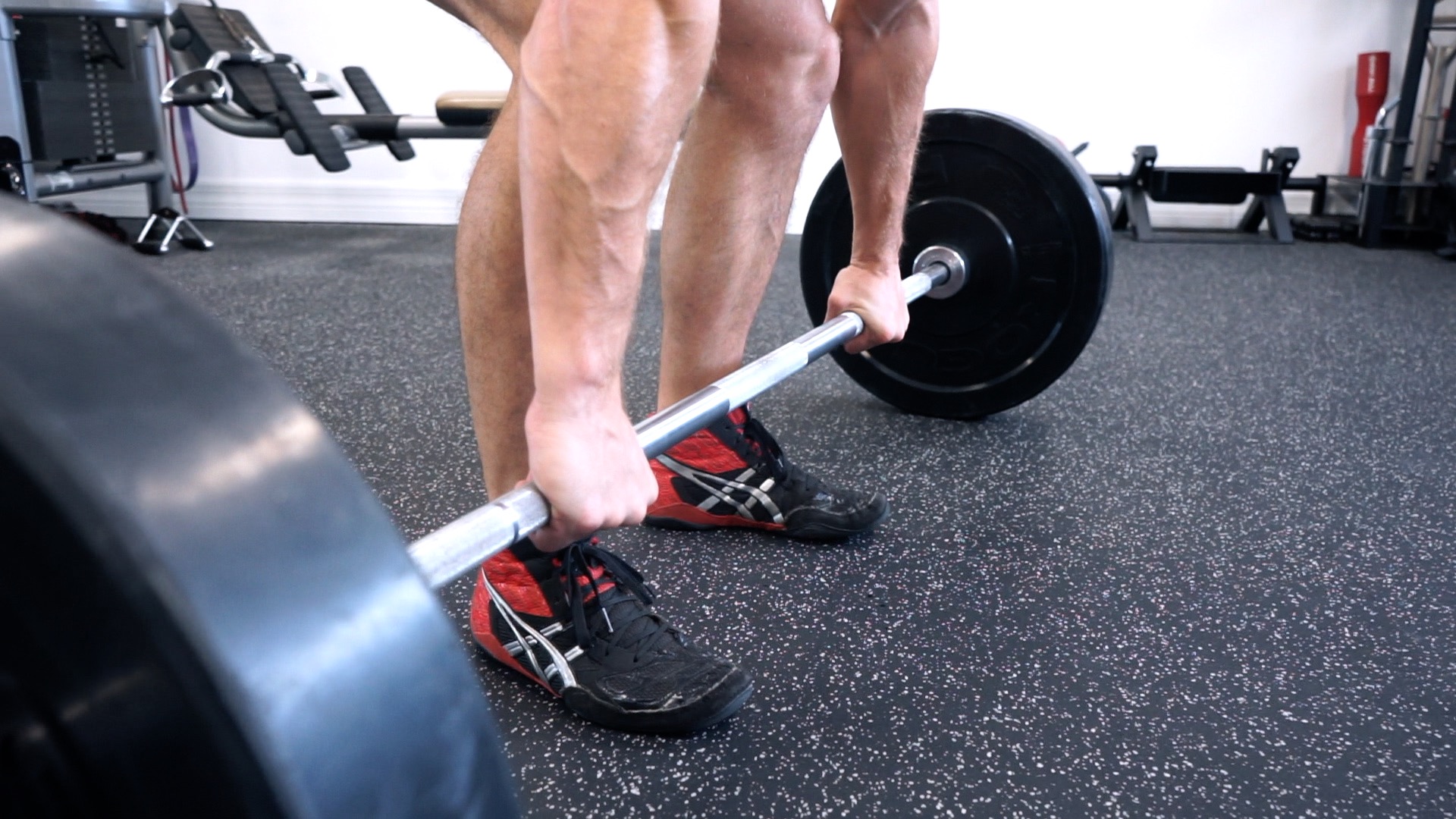
Golden Rule #2 – Don’t Turn The Pendlay Row Into An Upright Row
Guys, your torso NEEDS to be parallel to the floor. PERIOD.
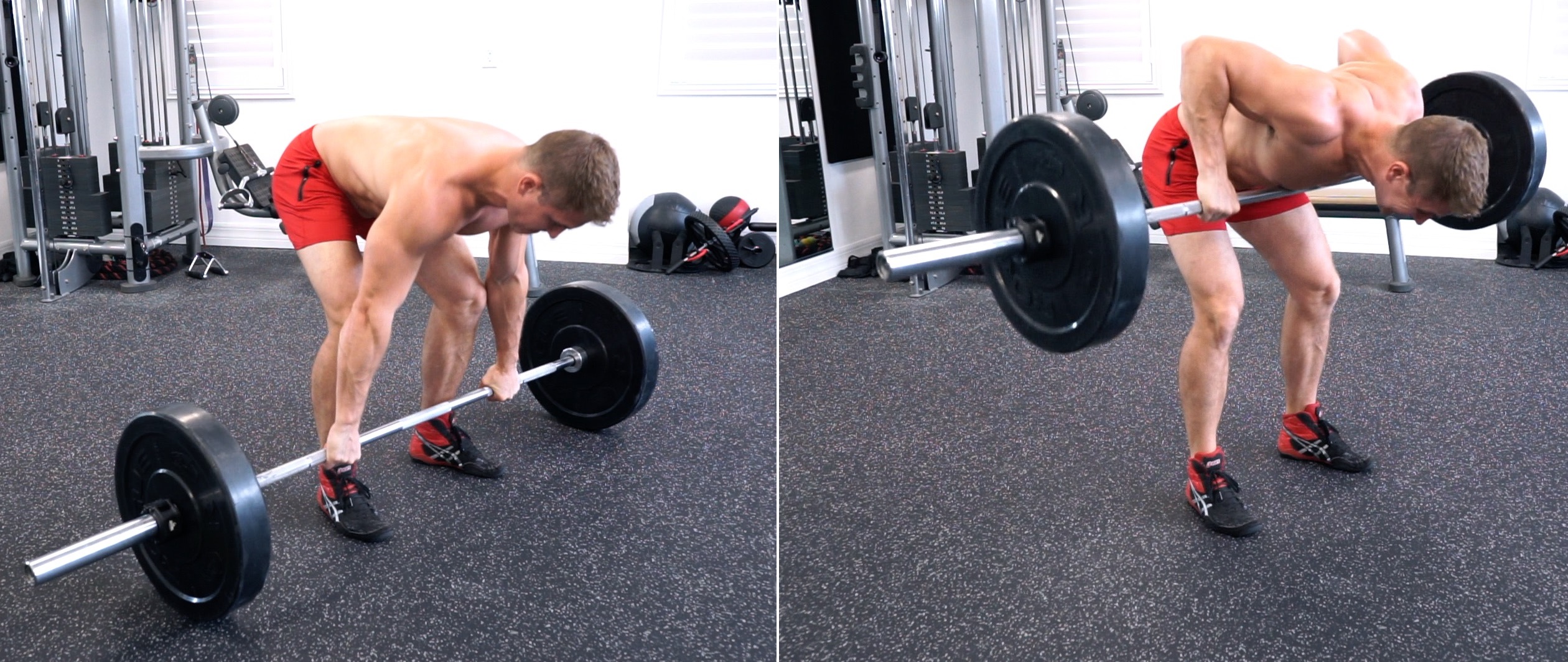
Now of course, your torso angle will slightly change as you keep pulling explosively, but don’t let the Pendlay Row turn into an upright row because your ego took over the movement as muscle fatigue began to set in. CLEAN REPS are key to maximizing the benefits of the exercise and if your form is breaking down you can either stop and rest, or lower the weight.
You CAN however experiment with different grips on the barbell to target different parts of your back. For example, using a close grip and pulling the barbell towards your belly will target more of your lats and a wider grip while pulling towards your chest will greatly target your upper back and rear delts!

Just keep in mind that the wider your grip, the less weight you will be able to use so adjust accordingly.

Golden Rule #3 – Keep Your Knees & Lower Back Safe
The last thing you want to do is lock out your knees and bend over when performing this movement guys. You are essentially going to be in the same position as a barbell bent-over row. That means knees bent and “sitting back” to help you bend over. Essentially sit between your hips.
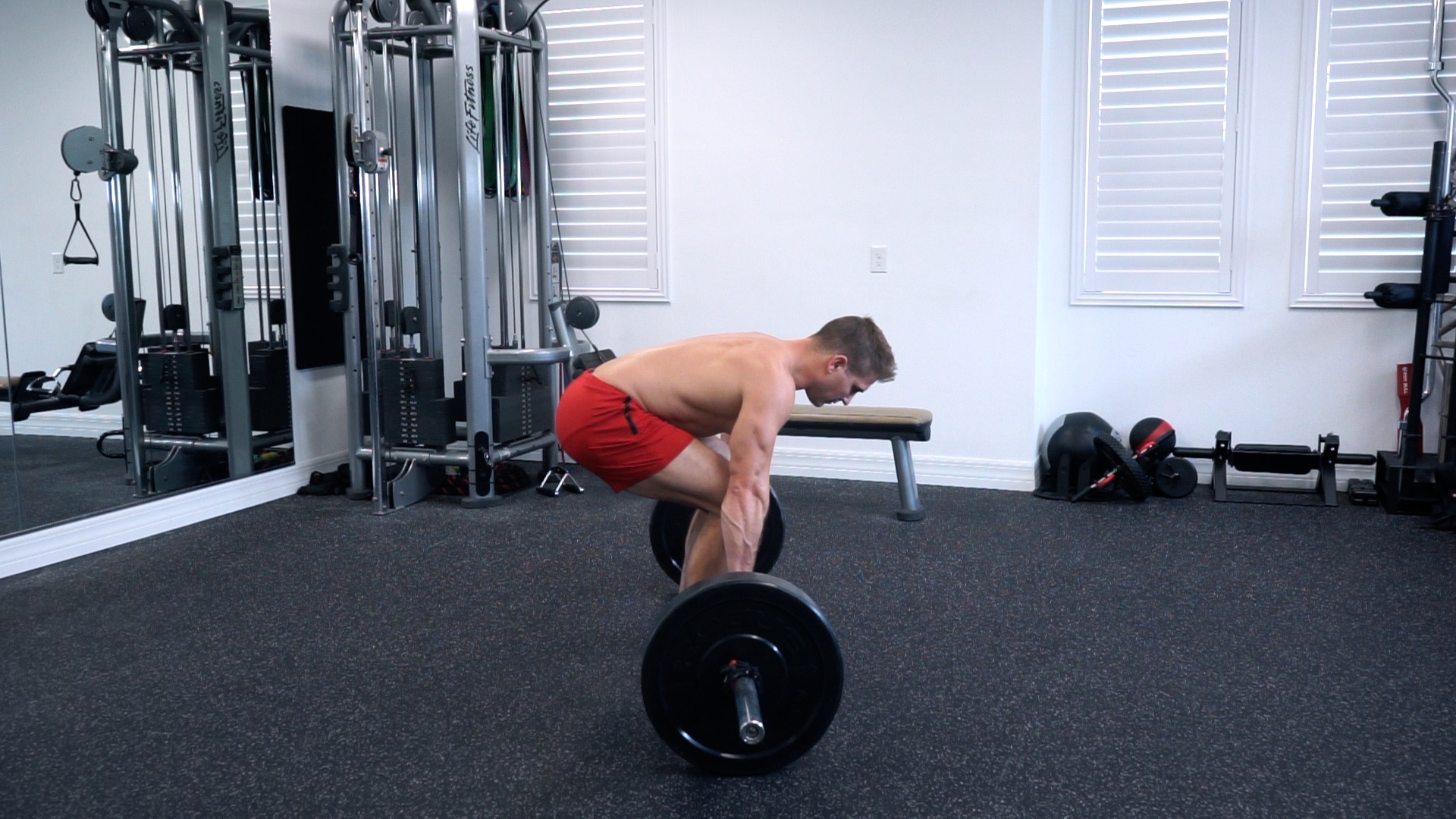
Sitting back this way takes the load OFF your knees and lower back and places it on your hamstrings and glutes.
Bonus Tip! – Don’t Save The Pendlay Row For The End
Guys, this is an exercise meant to push your limits so there’s absolutely no point in doing it last or even second or third. If incorporated into your routine, this should be your main lift and I KNOW some of you are going to ask why deadlifts are not first. Well, deadlifts are NOT a back exercise. So, if you feel them in your back, you are doing them wrong and you should check out my article on Deadlifts before you cripple yourself!

But in general, if you exhaust your back with a different exercise first (Pullups or Rows for example) and THEN decide to throw this in, you will be too fatigued to lift explosively and overload your back to your fullest potential.
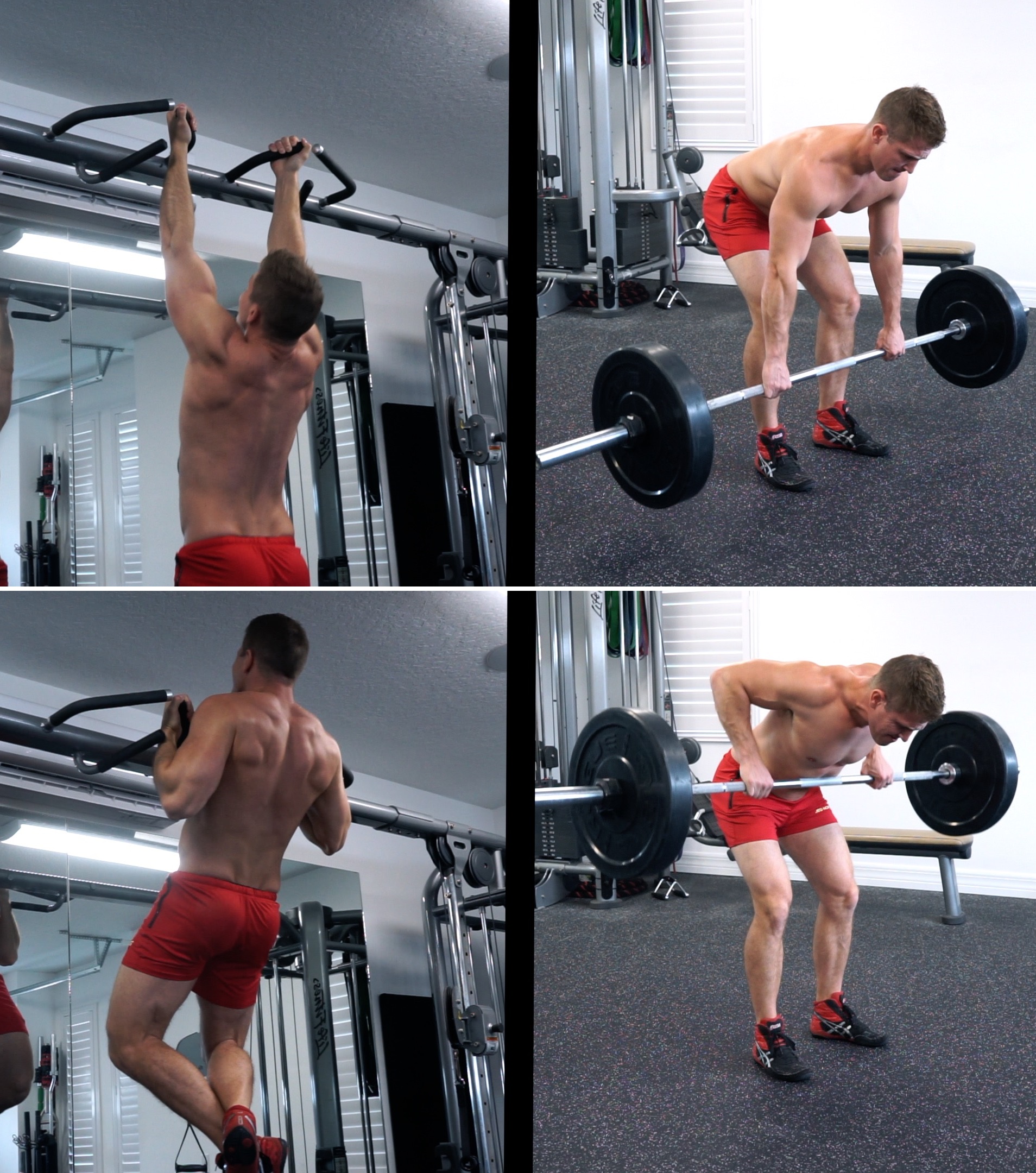
Conclusion
So, if you decide to incorporate the Pendlay Row into your back workout, do it FIRST and THEN proceed with one or two movements.
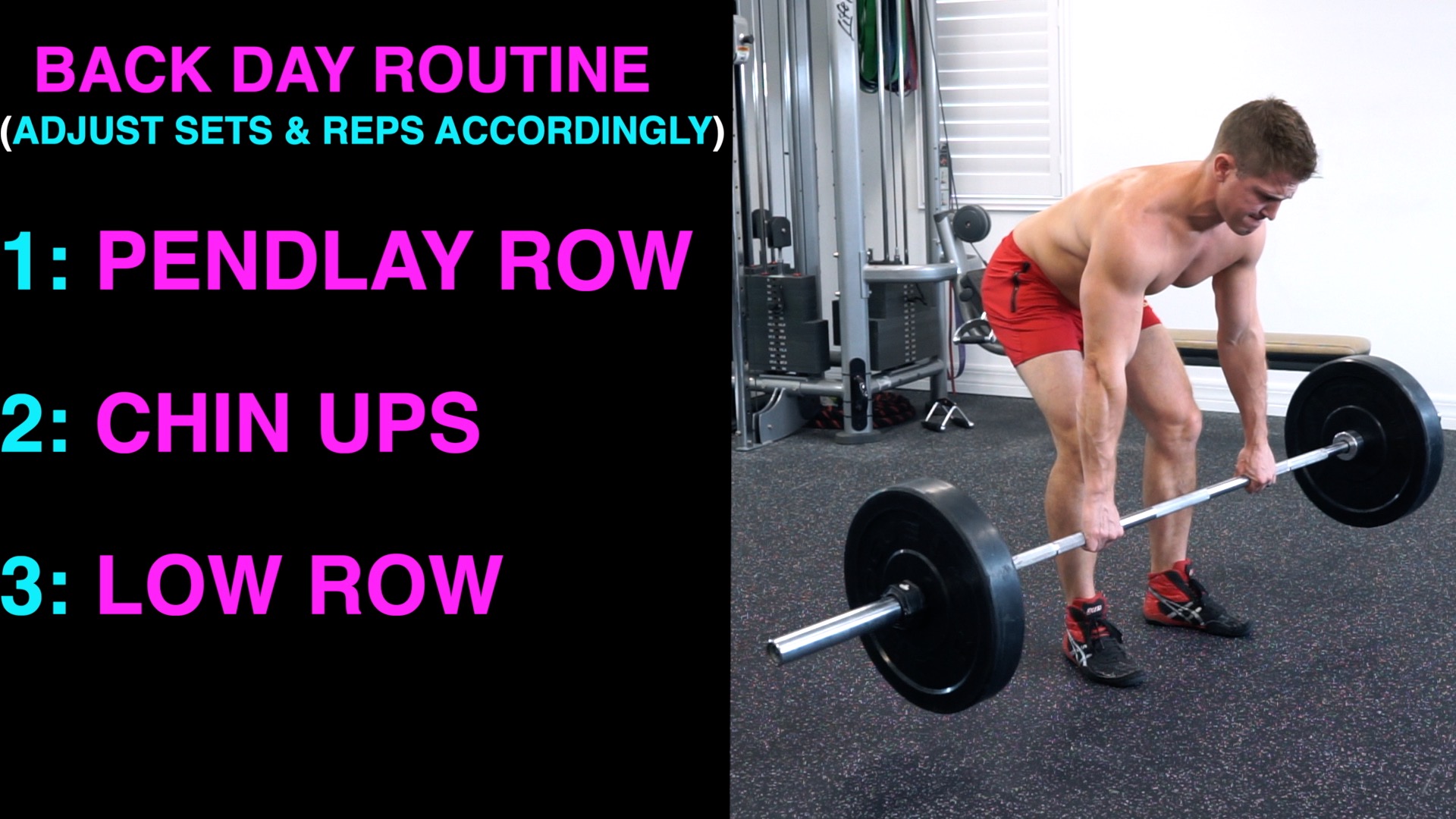
For example, I would lead with the Pendlay Row, then move on to Chin-Ups and THEN finish it with a nice, slow and controlled Low Row.








